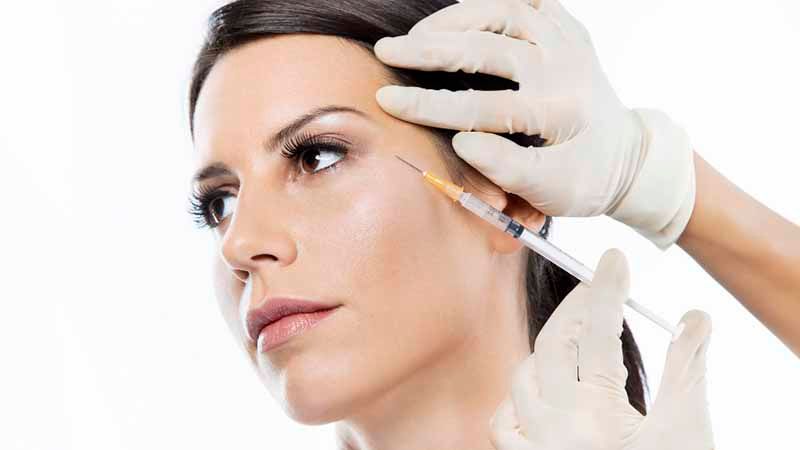Cosmetic Surgeries: Are They Truly Safe?
- 14 months ago
In a world valuing self-expression and confidence, cosmetic plastic surgery has become a revolutionary way to attain our desired look. It helps enhance features, fix imperfections, and ultimately boosts self-esteem, allowing us to embrace our unique beauty.
Cosmetic surgery involves altering your appearance. This could include reshaping your body, reducing wrinkles, or addressing issues like balding or varicose veins. People might also opt for procedures like breast augmentation. Both men and women have a variety of options to enhance their look and boost their confidence. These procedures are chosen to help individuals feel more at ease and satisfied with how they look.
Types of cosmetic surgery
Cosmetic plastic surgery encompasses a range of procedures designed to improve the appearance of various body parts. These procedures can be broadly categorized into surgical and non-surgical options, each offering unique advantages based on individual goals and preferences.
Facial procedures
Rhinoplasty (Nose reshaping)
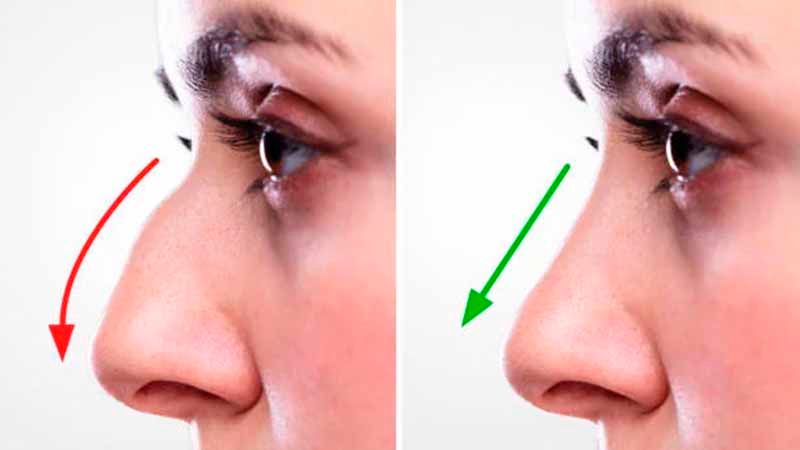
Rhinoplasty, commonly referred to as a "nose job," is a surgical procedure that involves reshaping the nose to improve its appearance and harmony with other facial features. It can address issues like a hump on the bridge, a crooked nose, or an undesirable shape.
Blepharoplasty (Eyelid surgery)

Blepharoplasty focuses on rejuvenating the eyes by removing excess skin, fat, and muscle from the upper and/or lower eyelids. This procedure can eliminate drooping skin that makes the eyes appear tired or puffy, resulting in a more youthful and alert appearance.
Rhytidectomy (Facelift)
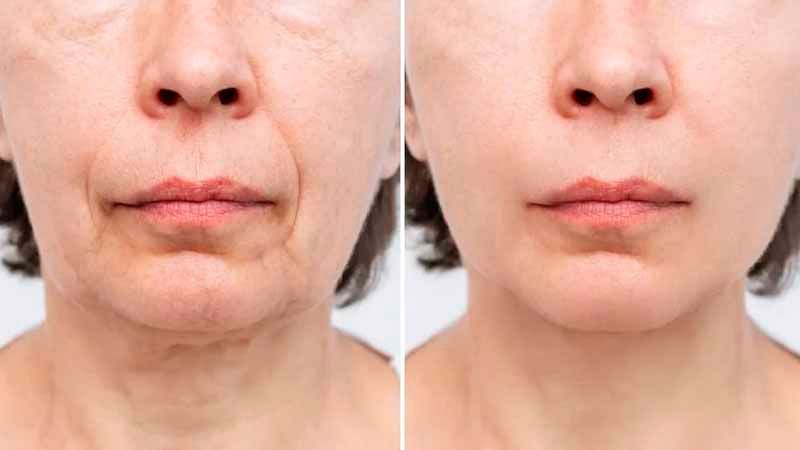
A facelift is a surgical procedure designed to address the signs of aging on the face and neck. During a facelift, the surgeon lifts and tightens the underlying muscles and tissues, repositions the skin, and removes any excess skin.
Body Contouring Procedures
Liposuction

Liposuction is a surgical technique used to remove localized pockets of stubborn fat from various areas of the body, such as the abdomen, hips, thighs, and arms. The surgeon inserts a thin tube (cannula) into the targeted area and suctions out the excess fat. Liposuction is not a weight-loss method but rather a way to sculpt and contour specific areas.
Tummy tuck (Abdominoplasty)
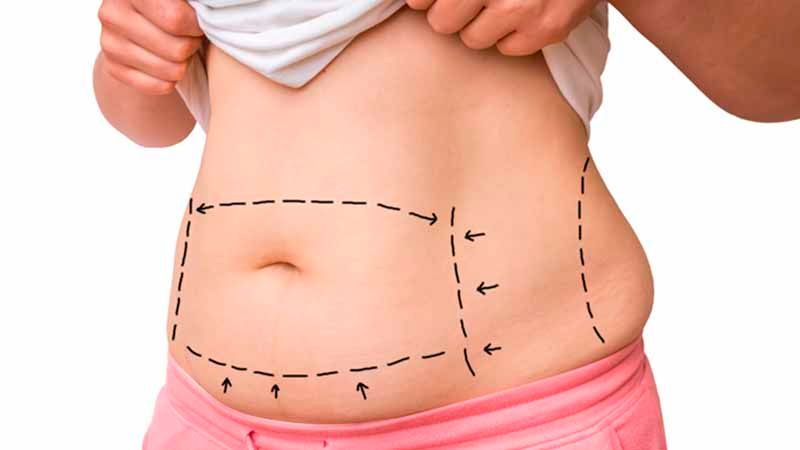
A tummy tuck is particularly beneficial for individuals who have excess abdominal skin and weakened muscles, often due to pregnancy or significant weight loss. During the procedure, the surgeon removes excess skin, tightens the abdominal muscles, and repositions the remaining skin for a firmer and flatter abdomen.
Body lift
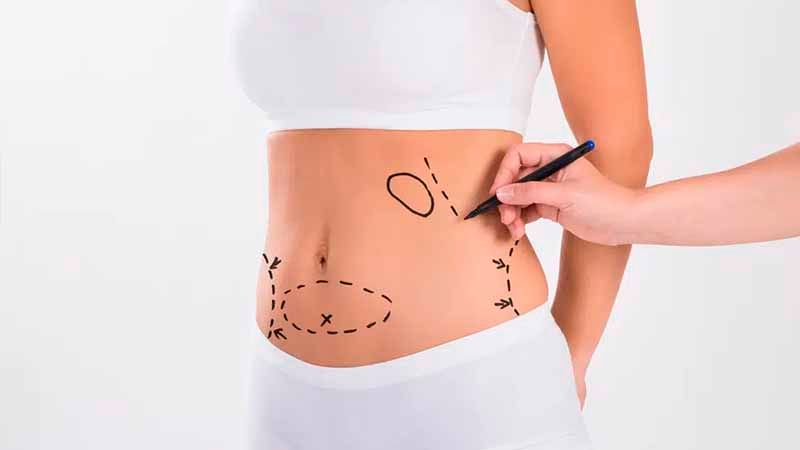
This comprehensive procedure addresses sagging skin on multiple areas of the body, such as the abdomen, buttocks, thighs, and arms. It is commonly chosen by individuals who have undergone massive weight loss, as it helps to reshape and tighten loose skin, resulting in a more contoured appearance.
Breast enhancement procedures:
Breast augmentation
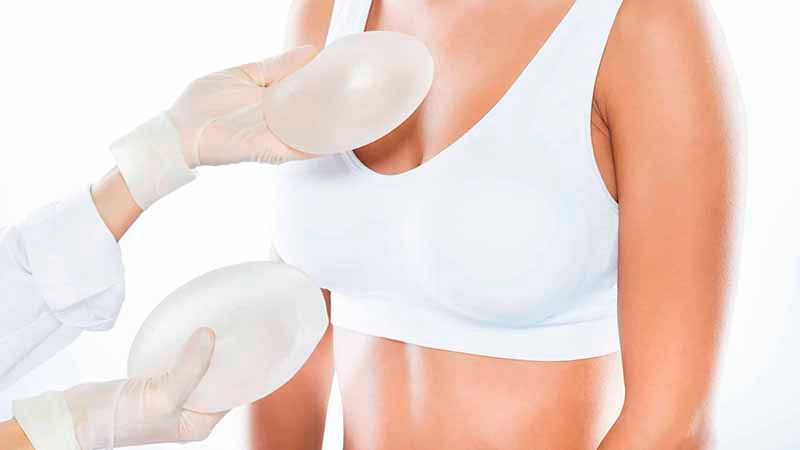
Breast augmentation involves the placement of implants (saline or silicone) beneath the breast tissue or chest muscles to increase breast size and enhance shape. This procedure is often chosen by individuals seeking to achieve fuller breasts or restore breast volume lost after pregnancy or weight loss.
Breast reduction
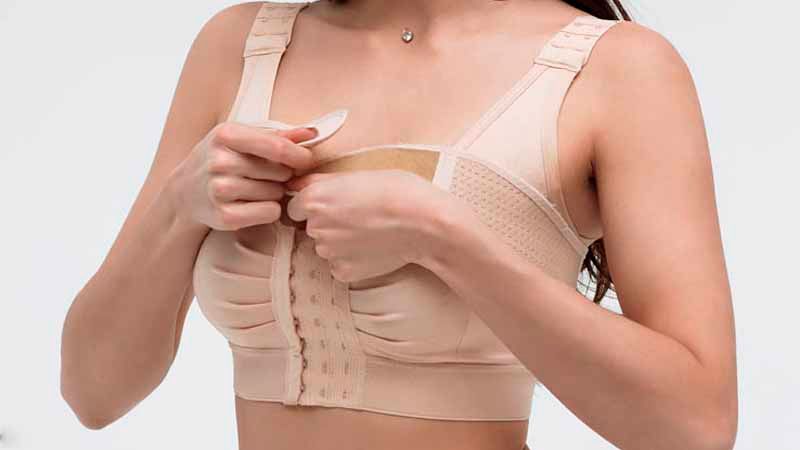
Breast reduction, or reduction mammaplasty, is designed to alleviate physical discomfort caused by overly large breasts. The surgeon removes excess breast tissue, fat, and skin to reduce the size and weight of the breasts, leading to improved comfort and posture.
Breast lift
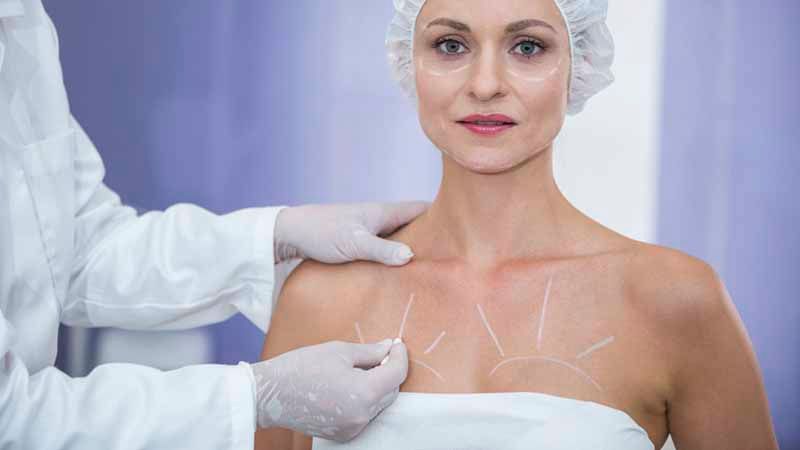
Also known as mastopexy, a breast lift raises and reshapes sagging breasts by removing excess skin and tightening the surrounding tissue. This procedure results in a more youthful breast position and contour.
Non-surgical procedures:
Botox and fillers
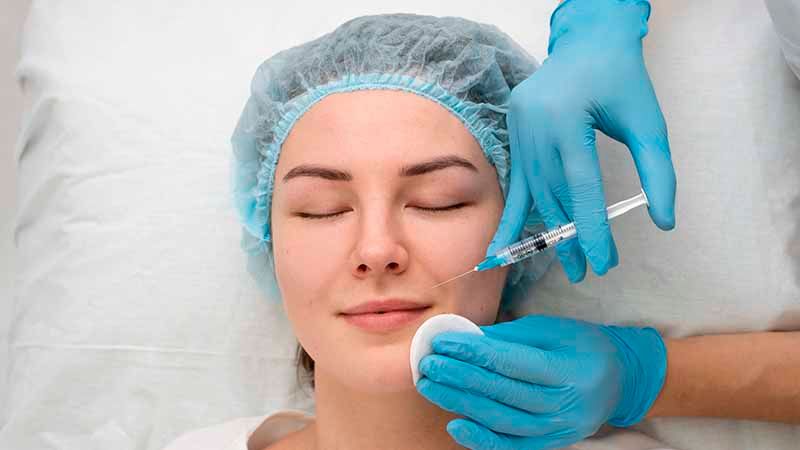
Botox, a neurotoxin, is used to temporarily paralyze specific facial muscles, smoothing out wrinkles and lines caused by repetitive facial expressions. Dermal fillers, on the other hand, restore lost volume to areas like the lips, cheeks, and under-eye hollows, achieving a more youthful appearance.
Laser treatments

Laser treatments use focused laser energy to target specific skin concerns, such as wrinkles, fine lines, sun damage, and pigmentation irregularities. The laser's energy stimulates collagen production and resurfaces the skin, resulting in a more youthful and even complexion.
Chemical peels

Chemical peels involve applying a chemical solution to the skin, which causes controlled exfoliation and peeling. This process reveals fresher, smoother skin with reduced wrinkles, fine lines, and pigmentation issues.
Lip fillers
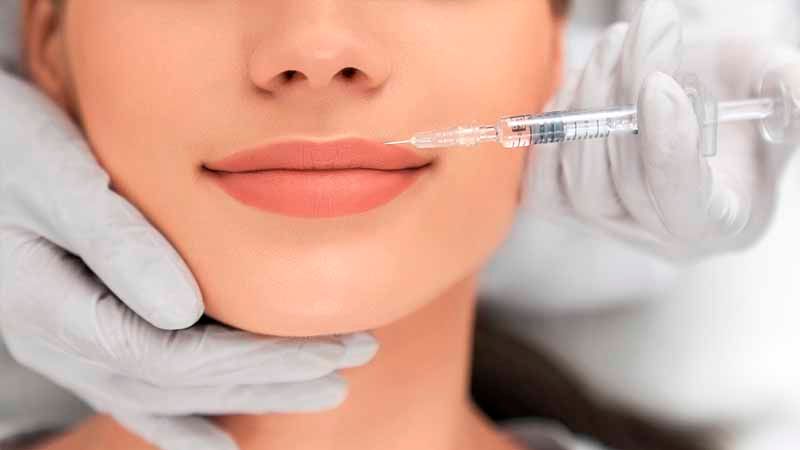
Lip fillers, involve injecting dermal fillers into the lips to enhance their volume, shape, and symmetry. These fillers are made of substances like hyaluronic acid, which attract water and plump up the lips. Lip fillers can create a more youthful, fuller appearance and address concerns like thin lips or asymmetry.
Also check: The growing trend of chemical peels for skin and whether they are safe?
General side effects
While cosmetic plastic surgery can deliver transformative results, it's essential to be aware of potential side effects and consider whether these procedures are appropriate for you. Some common side effects are:
- Pain and Discomfort: After surgery, it's normal to experience pain and discomfort, which can be managed with prescribed medications.
- Swelling and Bruising: Swelling and bruising are common, especially in the first few weeks post-surgery. These effects gradually subside.
- Scarring: All surgical procedures leave scars, but skilled surgeons aim to minimize their visibility. Scarring can vary based on the type of surgery and an individual's healing process.
- Infection: Infections are rare but possible. Surgeons take precautions to minimize infection risk, but it's essential to follow post-operative care instructions diligently.
- Anesthesia Risks: Anesthesia carries inherent risks, including allergic reactions, breathing difficulties, or adverse reactions to medications. Your anesthesiologist will assess your suitability for anesthesia.
Who should avoid cosmetic surgery?
- Have uncontrolled medical conditions such as diabetes, heart disease, or bleeding disorders.
- Smoking, as it can hinder healing and increase complications.
- One struggling with mental health issues or body dysmorphic disorder without proper counseling.
- Are at an age or life stage where surgery may not be appropriate.
- Plan to have more children or anticipate significant weight fluctuations.
- Have allergies or sensitivities to surgical materials, medications, or anesthesia agents.
- Need specific ethnic considerations in their procedure.
Conclusion:
Each type of cosmetic surgery offers a unique approach to enhancing one's appearance. By understanding the specifics of these procedures, individuals can make informed decisions about their desires and goals. Consulting with board-certified plastic surgeons or qualified medical professionals is essential to determine the most suitable procedure, ensuring that realistic expectations are met and the desired results are achieved. Whether it's reshaping facial features, sculpting the body, or rejuvenating the skin, the world of cosmetic surgery offers a variety of options to help individuals feel more confident and comfortable in their own skin.
